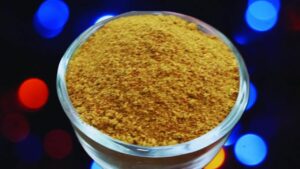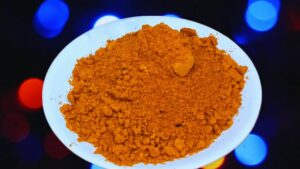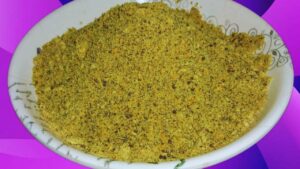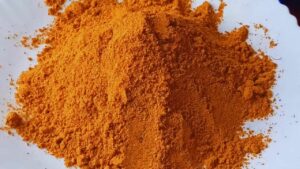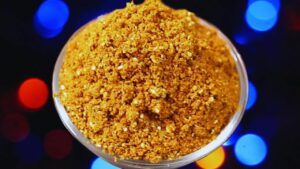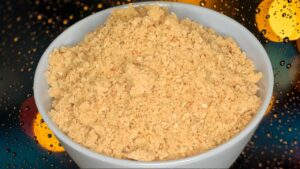Welcome to the world of homemade goodness! In this coriander powder recipe, I’ll guide you through the simple and aromatic process of creating your very own coriander powder.
Elevate your culinary endeavors by adding this flavorful spice to your dishes.
Follow the expert tips and step-by-step instructions with images to ensure you achieve the perfect color, flavor, and texture in every batch.
Let’s dive into the art of making coriander powder, a staple in many kitchens around the globe.
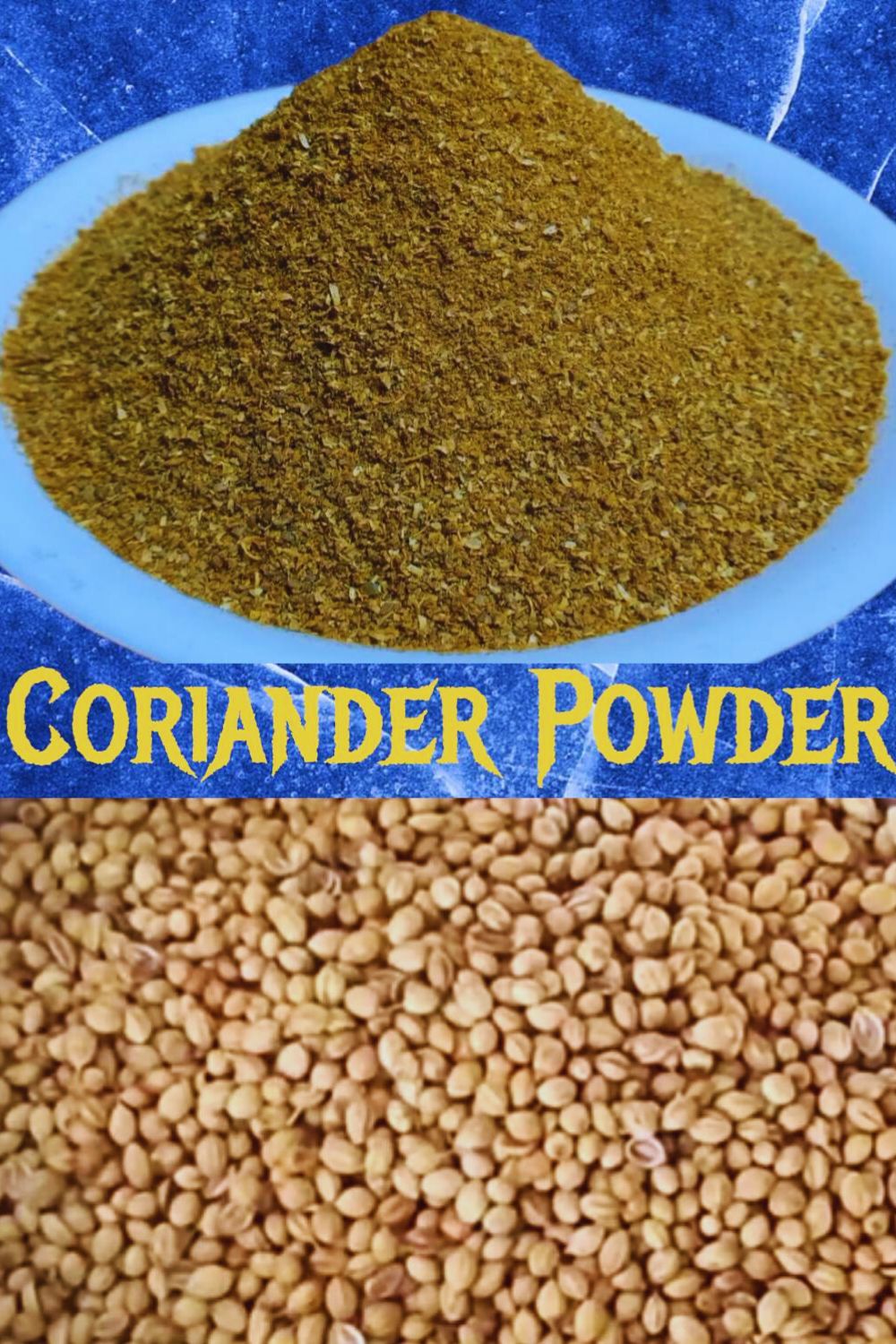
KEY TAKEAWAYS
- Coriander powder is a versatile spice that can elevate the flavor of a wide range of dishes.
- Its warm and citrusy notes add a delightful aroma and depth to curries, soups, and marinades.
- A staple in curry recipes, coriander powder plays a crucial role in creating rich and flavorful curry dishes.
- Use it in spice blends for marinating meats, enhancing the taste of grilled or roasted dishes.
- Whether in pickles, stir-fries, or baked goods, coriander powder is a culinary companion that brings a unique touch to various recipes.
How to Make Coriander Powder? (Step by Step Guide with Images)
Step 1: Heat a frying pan on your gas stove on a low to medium flame and put 1 cup of coriander seeds in it when it is hot enough.
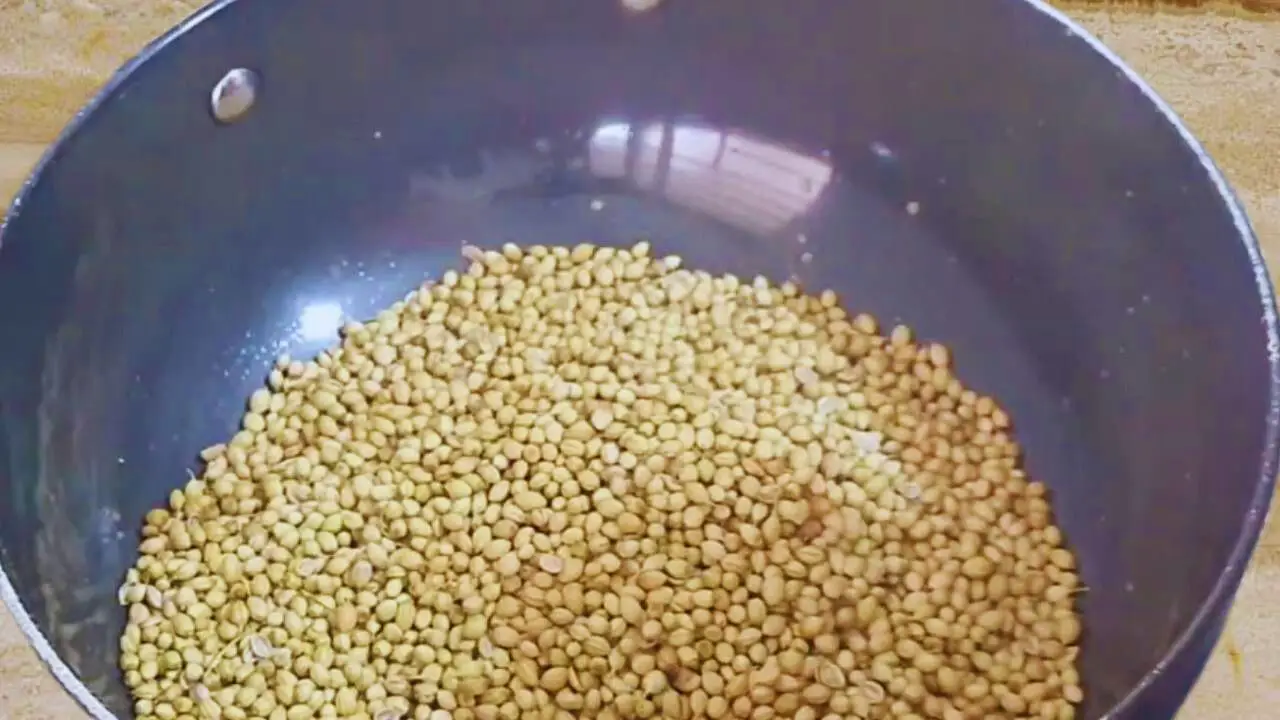
(Expert tip: Do not roast the seeds on a high flame. This will burn the seeds and affect the color, flavor, and taste of the coriander powder).
Step 2: Stir the seeds continuously for about 2 to 3 minutes.
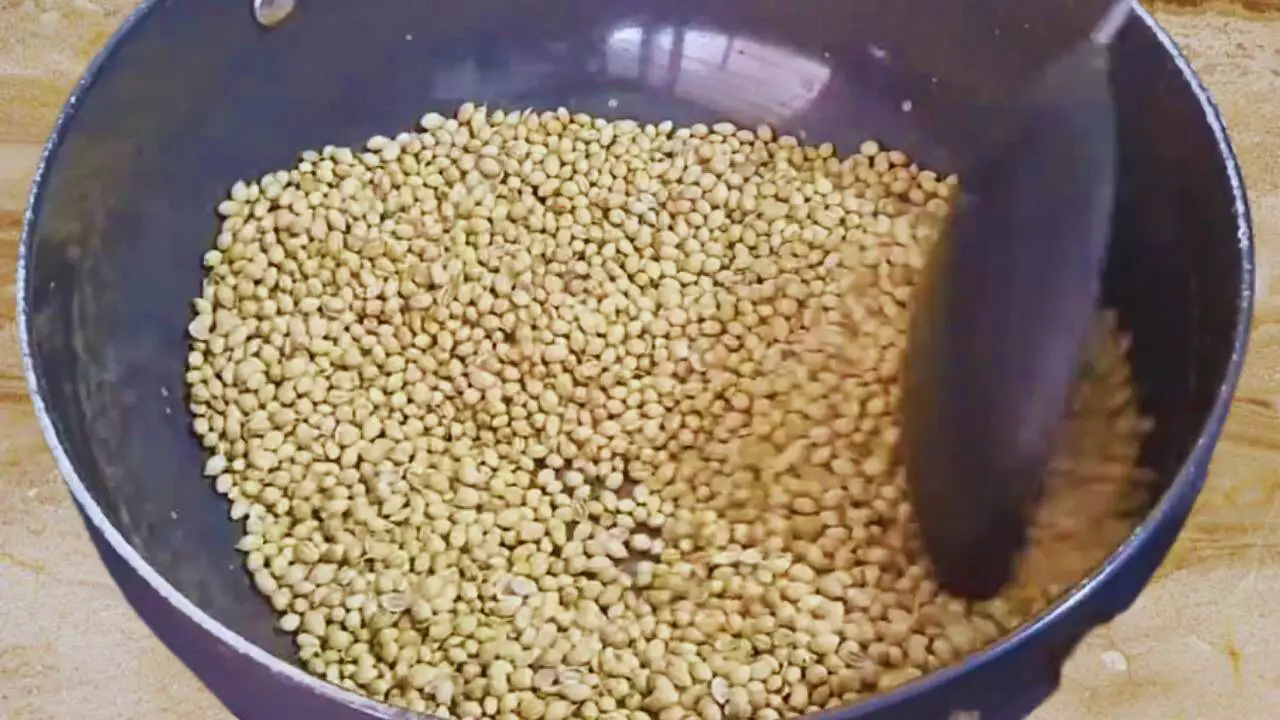
(Expert tip: Stirring continuously will ensure even roasting).
Step 3: Turn the flame of your gas stove off when you see the seeds change their color to slightly golden brown and you can smell the odor of the roasted coriander seeds.
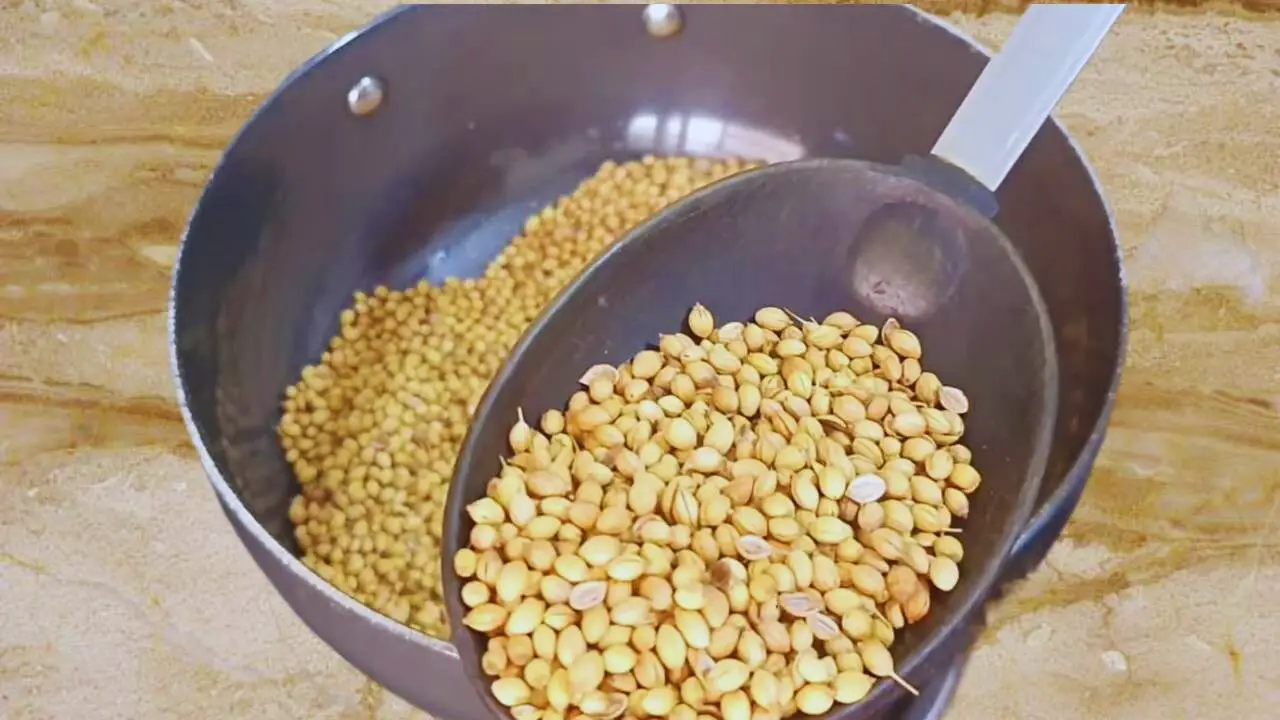
(Expert tip: Do not over-roast them as that would affect their taste).
Step 4: Transfer them from the frying pan to a bowl immediately and set it aside for the roasted coriander seeds to cool off completely.
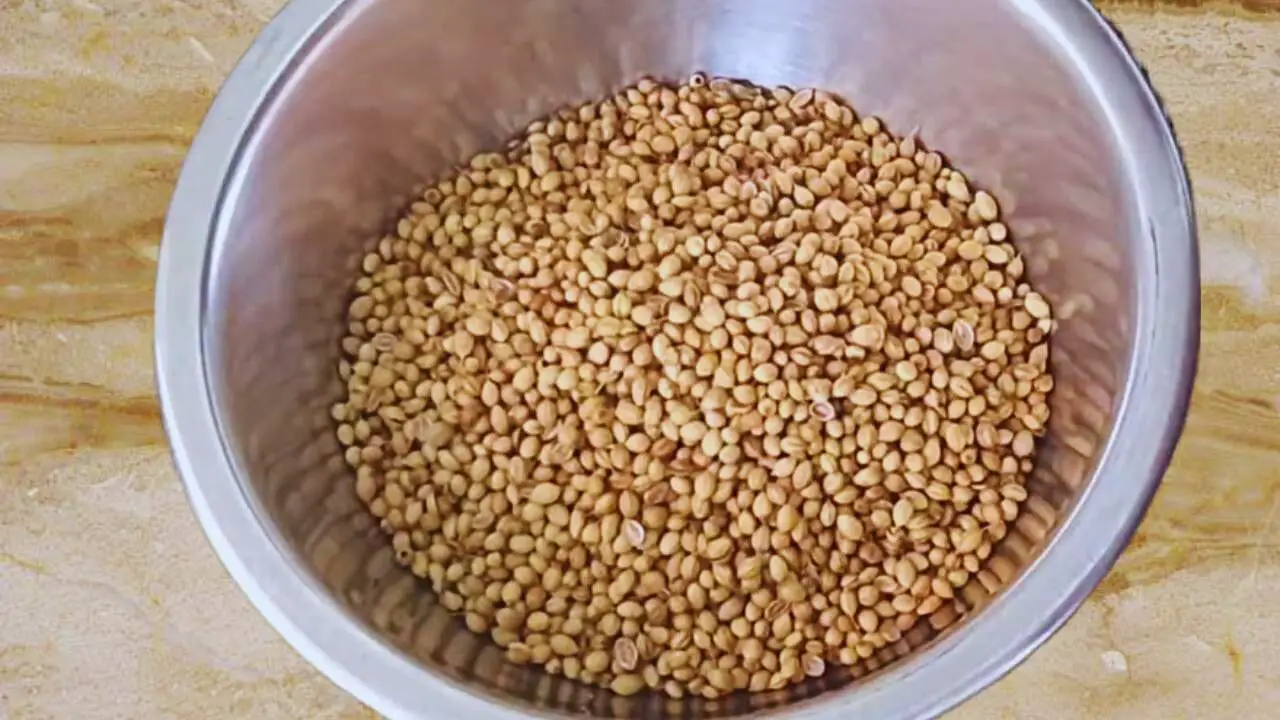
(Expert tip: Do not let the seeds sit on the hot frying pan. This will continue the cooking process thereby affecting the color and flavor of the powder eventually).
Step 5: Now, when the seeds are cool enough, transfer them into a clean and dry grinder and grind the seeds to get your coriander powder.
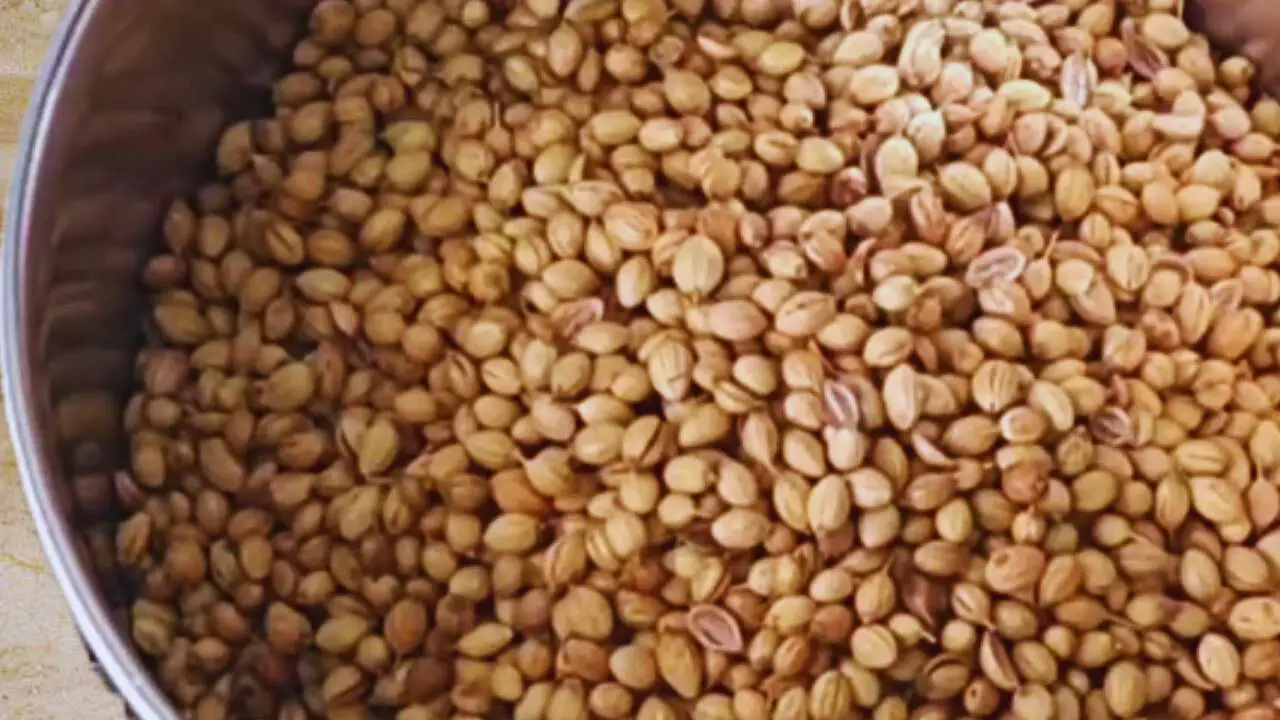
(Expert tip: Ensure you grind the seeds when they are cool. This will not cause clumping of the powder. You may grind the seeds a couple of times if you want a finer and smoother texture of the coriander powder. I prefer it coarse. However, grind it in short intervals so that the rotating motor does not generate heat and cause clumps).
Step 6: Transfer the ground seeds to a plate and your homemade coriander powder is ready to be used.
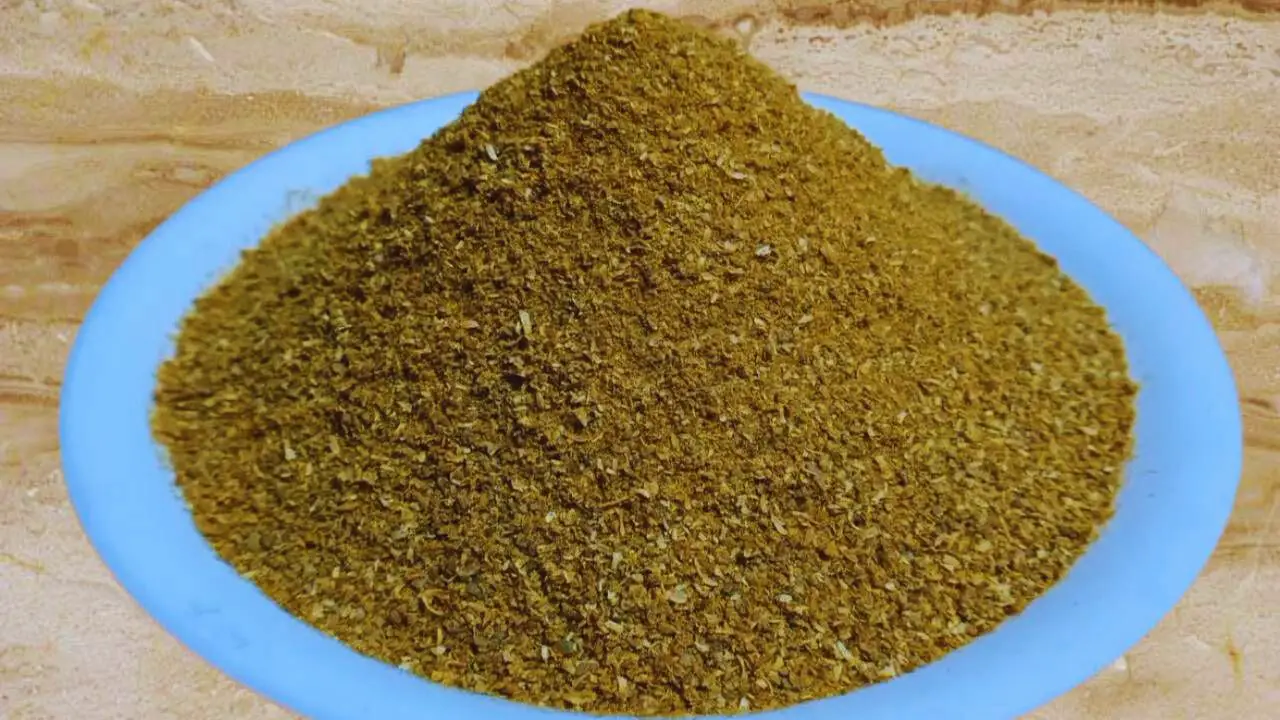
Pro Tips for Making Coriander Powder
Optimal Roasting Temperature: To preserve the color, flavor, and taste of your coriander powder, ensure you roast the seeds on a low to medium flame. High flames may lead to burning, adversely affecting the quality of the final product.
Continuous Stirring is Key: Maintain a watchful eye while roasting and stir the coriander seeds continuously for approximately 2 to 3 minutes. This ensures even roasting, enhancing the overall quality of the powder.
Mindful Roasting Time: Turn off the gas stove when the coriander seeds attain a slightly golden brown color and emit a fragrant aroma. Over-roasting can negatively impact the taste, so exercise caution and stop at the right moment.
Swift Cooling Process: After roasting, transfer the seeds immediately to a separate bowl to cool off. This facilitates quicker cooling. Avoid letting them sit in the hot pan, as residual heat can continue the cooking process and affect the powder’s color, flavor, freshness, and aromatic qualities.
Grind When Cool: Wait until the roasted coriander seeds have cooled down before transferring them to the grinder. Grinding them while cool prevents clumping and ensures a smooth, even texture in the final powder.
Short Grinding Intervals: When grinding, do so in short intervals to prevent the motor from generating excessive heat, which can lead to clumps in the powder. This is especially crucial if you prefer a finer texture.
Multiple Grinding Sessions for Texture: If you desire a finer and smoother texture for your coriander powder, consider grinding the seeds a couple of times. However, maintain short intervals to avoid heat buildup.
Coriander Powder Storing Tips
Airtight Containers: Store your homemade coriander powder in airtight containers to prevent exposure to air and humidity. This helps retain its freshness, flavor, and vibrant color for a more extended period.
Cool and Dark Storage: Choose a cool, dark place for storing coriander powder. Sunlight and heat can degrade the quality of the spice over time, so keep it away from direct sunlight and store it in a cool, dry cupboard or pantry.
Avoid Moisture: Moisture is the enemy when it comes to preserving spices. Ensure that your storage containers are completely dry before adding the coriander powder. Additionally, avoid using wet spoons while handling the spice to prevent clumping.
How Does Coriander Powder Taste?
Coriander powder boasts a distinctive and versatile flavor profile, characterized by citrusy, slightly sweet, and earthy notes. It carries a warm and mildly peppery undertone, complemented by a subtle hint of citrus zest.
The spice adds depth and complexity to dishes, enhancing their overall taste. Its ability to balance savory and sweet elements makes coriander powder a culinary gem, elevating the gastronomic experience with its aromatic and flavorful contribution.
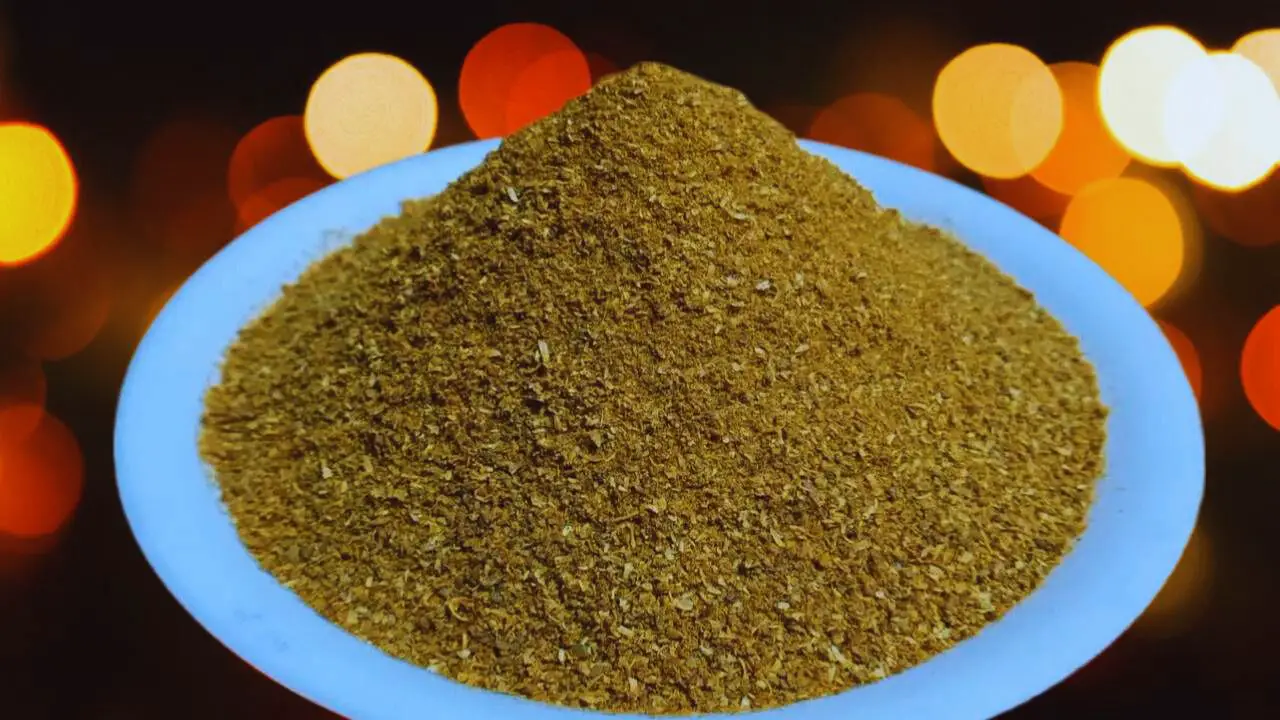
Coriander Powder Alternatives
While these alternatives don’t precisely replicate the taste of coriander powder, they share certain flavor elements or complement the profile in various culinary applications.
- Cumin Powder
- Fennel Powder
- Caraway Seed Powder
What Dishes Can Coriander Powder be Used in?
Coriander powder is a versatile spice that adds a delightful depth of flavor to a wide range of dishes, such as:
Several Curries: It’s a staple in many curry recipes, enhancing the overall flavor and aroma of both vegetarian and meat-based curries.
Soups and Stews: Coriander powder can be a fantastic addition to soups and stews, contributing a warm and earthy note.
Marinades: Used in spice blends for marinating meats, coriander powder adds a unique touch to grilled or roasted dishes.
Vegetable Stir-Fries: Sprinkle coriander powder into vegetable stir-fries for a burst of flavor that complements the freshness of the vegetables.
Recipe Card
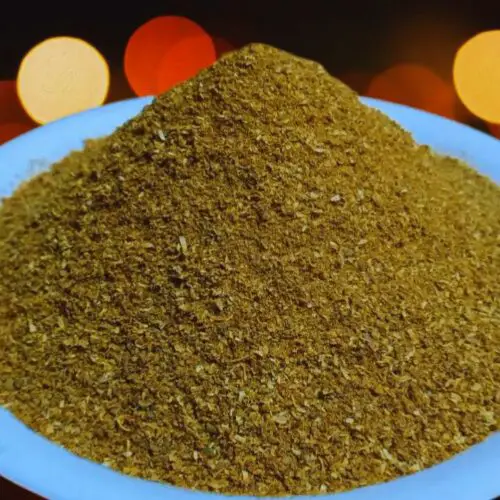
Coriander Powder | Dhaniya Powder
Ingredients
- 1 cup Coriander seeds
Instructions
- Begin by heating a frying pan on your gas stove over a low to medium flame. Once adequately hot, add 1 cup of coriander seeds.
- Continuously stir the seeds for about 2 to 3 minutes.
- Turn off the gas stove when the seeds change to a slightly golden brown color and emit a fragrant roasted odor.
- Immediately transfer the roasted coriander seeds from the pan to a bowl. Allow them to cool completely.
- Once the seeds are cool, place them in a clean, dry grinder and grind to obtain your coriander powder.
- Transfer the ground seeds to a plate, and your homemade coriander powder is now ready for use.
Notes
Nutrition Info (Estimation Only)
Conclusion
In conclusion, mastering the art of making coriander powder opens up a world of culinary possibilities, enhancing the flavors of your favorite dishes.
With its versatile and aromatic nature, this homemade spice is sure to become a kitchen essential for every cooking enthusiast.

